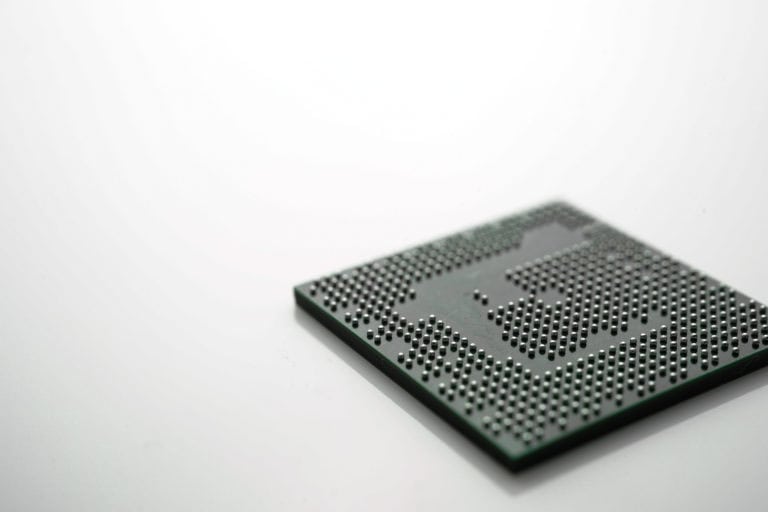- Home
- Who We Are
- What We Do
- Industry Applications
- Circular Economy
- Media
- Information Packs
- Interesting Reads
- What is Robotic Solder Dip (Retinning, Alloy Conversion, Alloy Refresh)?
- Reballing: What Is It And When Do You Need It?
- The Quiet Deadline: How Obsolescence Shapes Modern Production
- Safeguarding the Supply Chain: How Retronix Component Services Provides Solutions for High-Reliability Industries
- Is Your Supply Chain Safe? Combatting the Threat of Counterfeit Electronic Components
- Quality
- Contact
Reballing Components: What is it, and when do you need it?
Printed circuit boards (PCBs) are the brains of all modern electronics, from your phone to complex aerospace equipment. At their heart are tiny, intricate connections that link the components to the board. Over time, or during certain repair and refurbishment processes, these connections become damaged, oxidised, or unsuitable for the intended application.
When these connections fail, the whole device fails.

So, what is Reballing?
BGA’s are a type of surface-mount packaging that uses an array of solder balls to connect the integrated circuit to the PCB. These tiny solder spheres are essential for creating thousands of reliable electrical connections in a small area.
Over time, these solder balls can become cracked, corroded, or damaged. Reballing involves carefully removing the old solder balls from the component’s underside and replacing them with a fresh, uniform array of new solder balls. The goal is to restore the component’s electrical integrity, ensuring it can be reliably mounted back onto a PCB.
When is Reballing used?
Reballing is common in several situations:
- Changing solder alloys – for example, switching from lead-free to tin-lead for high-reliability or legacy systems.
- Repair and refurbishment – restoring components removed from boards.
- Upgrading or repurposing parts – ensuring compatibility with specific assembly requirements.
- Addressing damage – when solder balls are contaminated, oxidised, or physically damaged.
How is Reballing done?
The traditional reballing process involves a technique called ‘reflow’. This requires heating the component to a temperature high enough to melt the solder, which can be a double-edged sword. While it’s necessary to create the connection, this high-heat exposure can stress the component and cause a range of issues, from micro-cracking to component degradation. Component manufacturers have recommended that a component not go through more than 3 reflow cycles. Each extra cycle can stress the device, potentially affecting performance or lifespan.
The Retronix Laser Reballing Advantage: Avoiding Reflow Cycles
Retronix uses a laser reballing process that targets only the solder area, avoiding the need to heat the entire component. This means:
- No additional full reflow cycles – reducing thermal stress on devices.
- Precision and repeatability – ensuring each solder ball is placed with exact accuracy.
- Better reliability – components are handled in a way that preserves their integrity.
- Compliance with industry standards – giving customers confidence in long-term performance.
Our process is designed for speed, accuracy, consistency and zero compromise on quality
We have invested in advanced equipment and stringent quality controls so our customers receive components that are production-ready, every time. Because when it comes to reballing, the smallest details matter. Alloys. Ball size. Consistency. Placement accuracy. Thermal history. We manage them all.
Whether you need a single batch or ongoing high-volume reballing support, Retronix delivers a service trusted by leading manufacturers worldwide. Our combination of laser technology, experienced operators, and industry certifications makes us the first choice for businesses where reliability cannot be compromised.
Contact us to know more
© 2024
UK: Retronix, North Caldeen Rd, Coatbridge, Scotland, United Kingdom. ML5 4EF / Email: sales@retronix.com / Phone: +44 (0) 1236 433 345
USA: Retronix Global Inc, 1007 S Heatherwilde Blvd, Ste.300, Pflugerville, TX, 78660 / Email: USA@retronix.com
USA: Retronix, 10560 Dr.M.L.K Jr Street North, St.Petersburg, FL, 33716 / Email:USA@retronix.com

